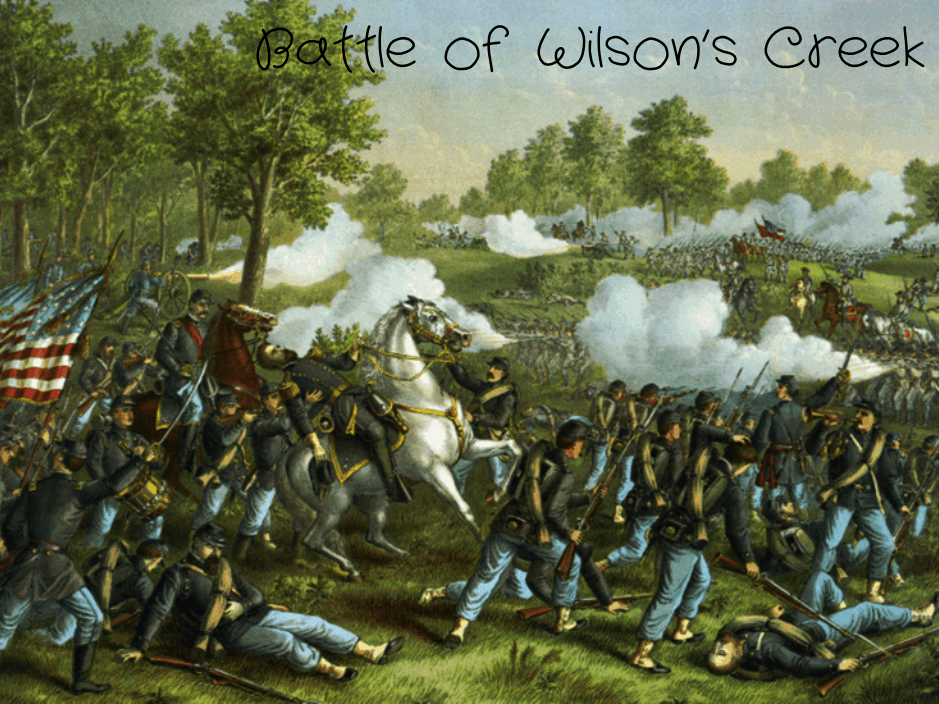The Battle of Wilson’s Creek
The Battle of Wilson’s Creek The first battle to take place to the west of the Mississippi was the battle at Wilson’s Creek in Missouri… Read More »The Battle of Wilson’s Creek
The Battle of Wilson’s Creek The first battle to take place to the west of the Mississippi was the battle at Wilson’s Creek in Missouri… Read More »The Battle of Wilson’s Creek
